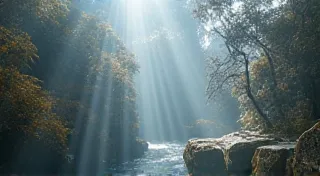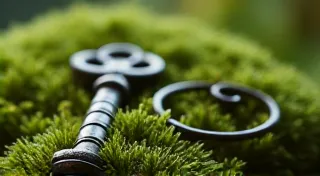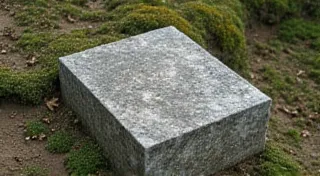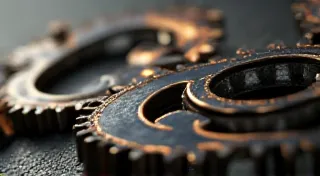Resonance & Reflection: Integrating Water Features in Miniature Worlds
There's a particular resonance, a quiet depth, that water adds to any landscape. Think of a weathered stone fountain in a forgotten garden, the gentle murmur of a stream winding through ancient trees – a tranquility that speaks to something primal within us. We strive to capture that feeling, that atmosphere, within our miniature worlds, and the inclusion of water features is often the key to unlocking that magic. It’s a process akin to restoring an antique accordion; requiring patience, meticulous detail, and an appreciation for the history embedded within the object.
My grandfather, a watchmaker by trade, used to say that the beauty of a mechanism wasn't just in its function, but in the interplay of its parts. Each tiny gear, each delicate spring, contributing to a symphony of precision. Restoring an antique accordion is similar – examining the bellows, the reeds, the keys – understanding how each element contributes to the overall musicality. It instills a reverence for the craftsmanship, a connection to the past. Similarly, incorporating water features into a miniature garden demands a thoughtful consideration of scale, realism, and the story the water tells.
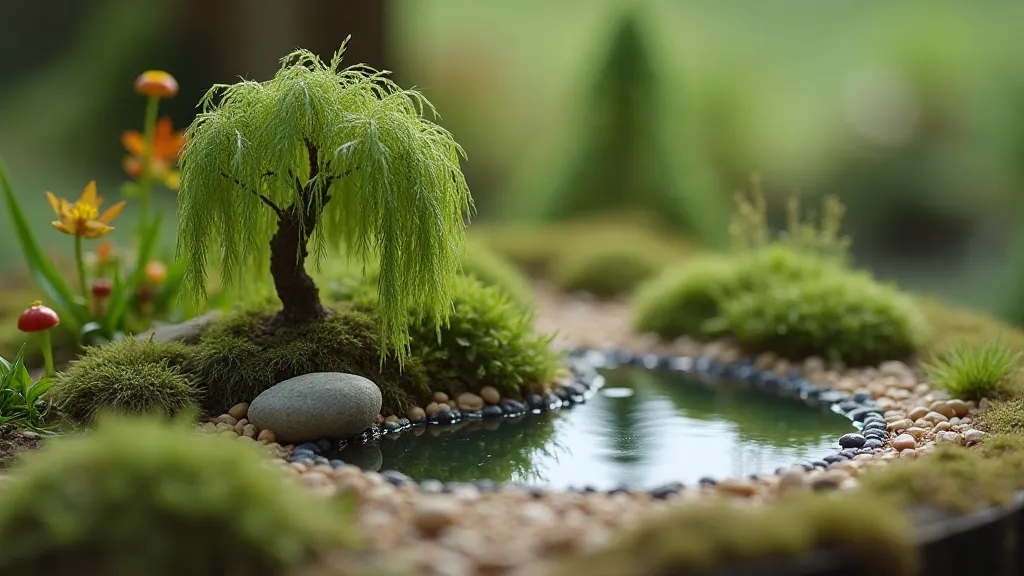
The Allure of Miniature Water
Why water? Beyond its aesthetic appeal, water introduces an element of life, movement, and reflection to a static scene. It provides a focal point, drawing the eye and creating a sense of depth. A tiny stream can suggest a larger, unseen wilderness. A miniature pond can reflect the sky, blurring the boundaries between the real and the imagined. Just as an accordion's bellows expand and contract, creating a vibrant pulse, water adds a dynamic quality to a miniature landscape. Creating a lush and thriving miniature world requires more than just water; it demands a holistic approach to the entire ecosystem, a concept explored further in articles about petite paradises and vertical miniature gardens.
Scale & Realism: The Crucial Balance
The challenge lies in achieving realism at a drastically reduced scale. Using actual water is possible, but introduces complexities – leakage, algae growth, and the need for a miniature pump. Many miniature gardeners opt for static water effects using resin, silicone, or a clear casting compound. The trick is to make it *look* like water. Consider the surface tension. Real water isn't perfectly flat; it has subtle ripples and reflections. You can achieve this by creating a slightly uneven surface when casting your resin, or by adding tiny irregularities – minuscule pebbles or grains of sand – to the casting compound.
Think about the surrounding landscape. Is it a formal Victorian garden with a precisely edged fountain? Or a wild, overgrown woodland with a natural spring? The water feature should complement the overall design. A grand Victorian fountain wouldn't look natural nestled amongst ferns and moss. The level of detail you invest in the water feature should be proportional to the overall scale of the garden. A grand, sprawling landscape can support a more elaborate fountain than a tiny, intimate fairy garden.
Creating Miniature Ponds & Pools
Building a miniature pond isn't difficult, but attention to detail is paramount. Start with a suitable base – a piece of wood, foam board, or even a recycled container. Use a sealant to prevent leaks if using a container that might hold water. Next, sculpt the pond's edge using modeling clay, foam, or even a combination of materials. Cover the edge with tiny pebbles, moss, or miniature stones, securing them with a strong adhesive.
For the “water” itself, a clear casting resin is the most common choice. Mix the resin according to the manufacturer's instructions, and carefully pour it into the prepared mold. Allow it to cure completely, following the manufacturer's recommendations. The curing process is akin to the careful drying of an accordion's reeds; a rushed drying can warp the material and diminish its resonance. Adding a touch of blue or green pigment can enhance the realism, but use sparingly; subtlety is key.
Streams & Rivers in Miniature
Creating a miniature stream or river requires a similar approach to ponds. The key difference is the need to create a sense of movement. You can achieve this by subtly sloping the base to simulate a gentle decline. Use fine gravel and sand to create a streambed, and arrange the materials to suggest the natural flow of water. Adding miniature rocks and logs can further enhance the realism. The introduction of flowing water also dramatically increases the humidity within your miniature ecosystem, requiring careful plant selection and, potentially, a controlled environment – something that can be achieved through the creation of a miniature greenhouse, as detailed in related discussions of petite paradises and vertical miniature gardens.
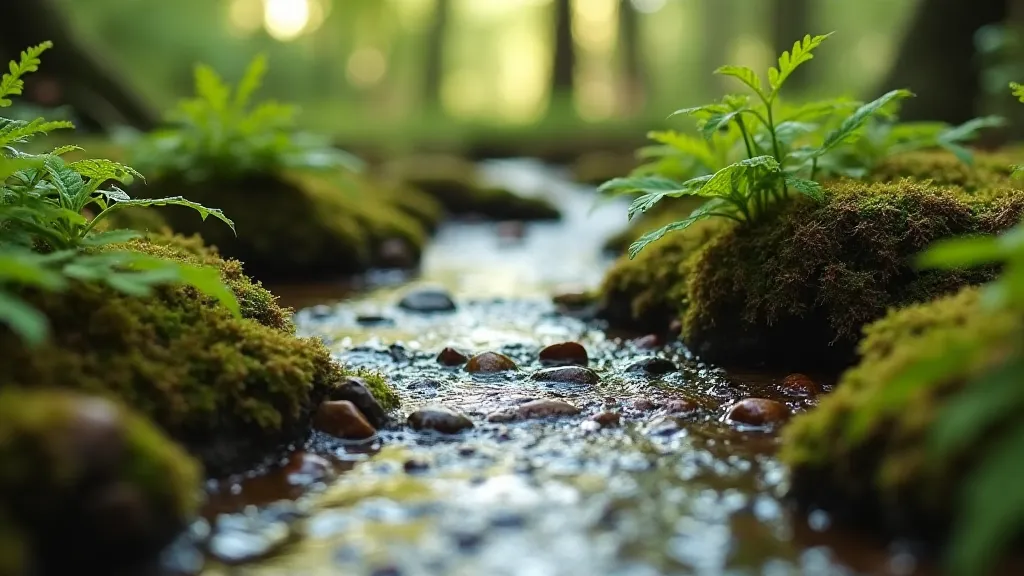
Miniature Fountains: A Touch of Elegance
A miniature fountain adds a touch of elegance and sophistication to any dollhouse garden. While you *can* use a miniature pump to create a working fountain, it’s often simpler to create a static representation. Sculpt the fountain’s base and structure from clay, foam, or even recycled materials. Pay close attention to the details – the carvings, the ornamentation, the texture of the stone. A little weathering – a subtle application of dry brushing or washes – can add a sense of age and history. The complex interplay of materials and techniques used to create a convincing fountain mirrors the intricate process of restoring antique instruments, highlighting the importance of precision and artistic vision.
Moss & Moisture: Maintaining the Atmosphere
Moss plays a vital role in creating a realistic miniature garden. It thrives in damp environments, and its presence near water features reinforces the sense of moisture and life. Cultivating miniature moss requires patience and attention to detail. It prefers shade and humidity, so misting it regularly is essential. The vibrant green of healthy moss against the cool blue of a miniature pond is a beautiful and evocative combination. Creating the ideal conditions for moss to flourish requires understanding microclimates and humidity control, a vital aspect of miniature gardening that goes hand-in-hand with the principles outlined in discussions of petite paradises and vertical miniature gardens. These principles extend to creating entire miniature landscapes, not just singular features.
Think about the restoration of an old accordion. Each reed must be carefully cleaned and adjusted to ensure proper function. Similarly, each element of your miniature landscape, particularly those near water features, requires careful nurturing and maintenance to maintain the desired effect.
Creating Miniature Greenhouses: A Protected Ecosystem
A miniature greenhouse offers a protected environment for your delicate mosses and miniature plants. It's a space to experiment with different growing conditions and to nurture your miniature ecosystem. Consider building a small, Victorian-style greenhouse with glass (or clear plastic) panels and a pitched roof. The humidity inside the greenhouse will help to maintain the moisture levels required by your mosses and other moisture-loving plants. Building and maintaining such a controlled environment allows for greater control over the miniature ecosystem, impacting plant health and overall landscape aesthetics. It's a testament to the artistry and dedication required for successful miniature gardening, echoing the precision involved in restoring intricate mechanical instruments.
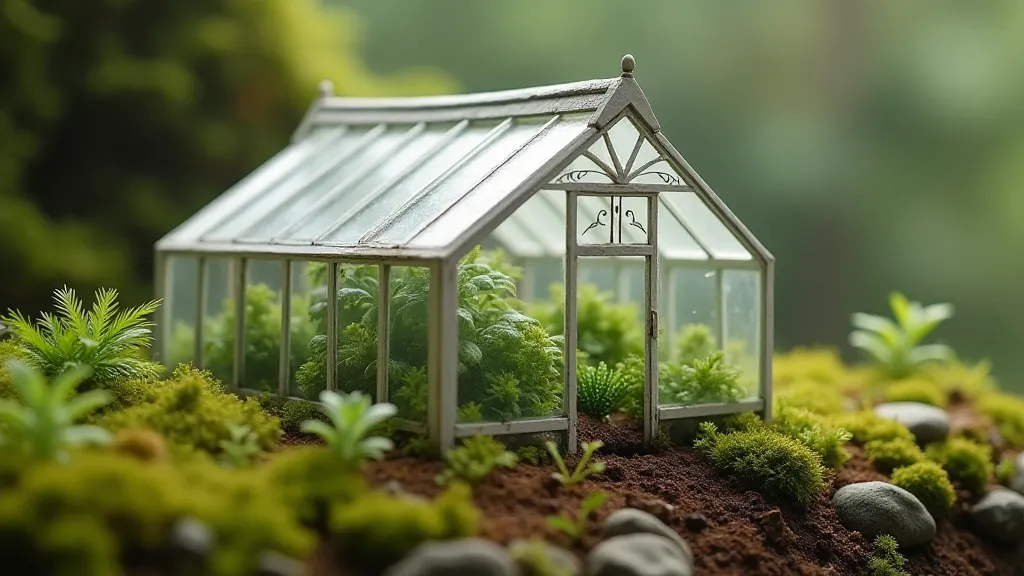
Beyond just aesthetic additions, a miniature greenhouse provides a valuable environment, much like the meticulous care given to preserving a cherished antique.
Conclusion
Integrating water features into your miniature worlds is more than just a decorative addition; it's an opportunity to create a resonant and reflective space. It’s about understanding the interplay of elements, the importance of scale, and the beauty of detail – qualities that are equally important in the restoration of an antique accordion, reminding us to appreciate the artistry and history embedded within both the miniature and the tangible.
